Phase 1: My goal is to design five PCBs that include resistors, capacitors, active devices and various input and output components. These will mount on a laser cut wood base similar to the original design, but smaller. One of the issues with the original design is the springs would oxidize, and the wires would break. I am planning on using standard breadboard jumper wires with headers on the board to make the connections.
25in24 Electronics Project Board
Re-vitalizing and modernizing a Radio Shack 65in1 kit for educational purposes - my DesignLab Residency!
 Tom Thoen
Tom Thoen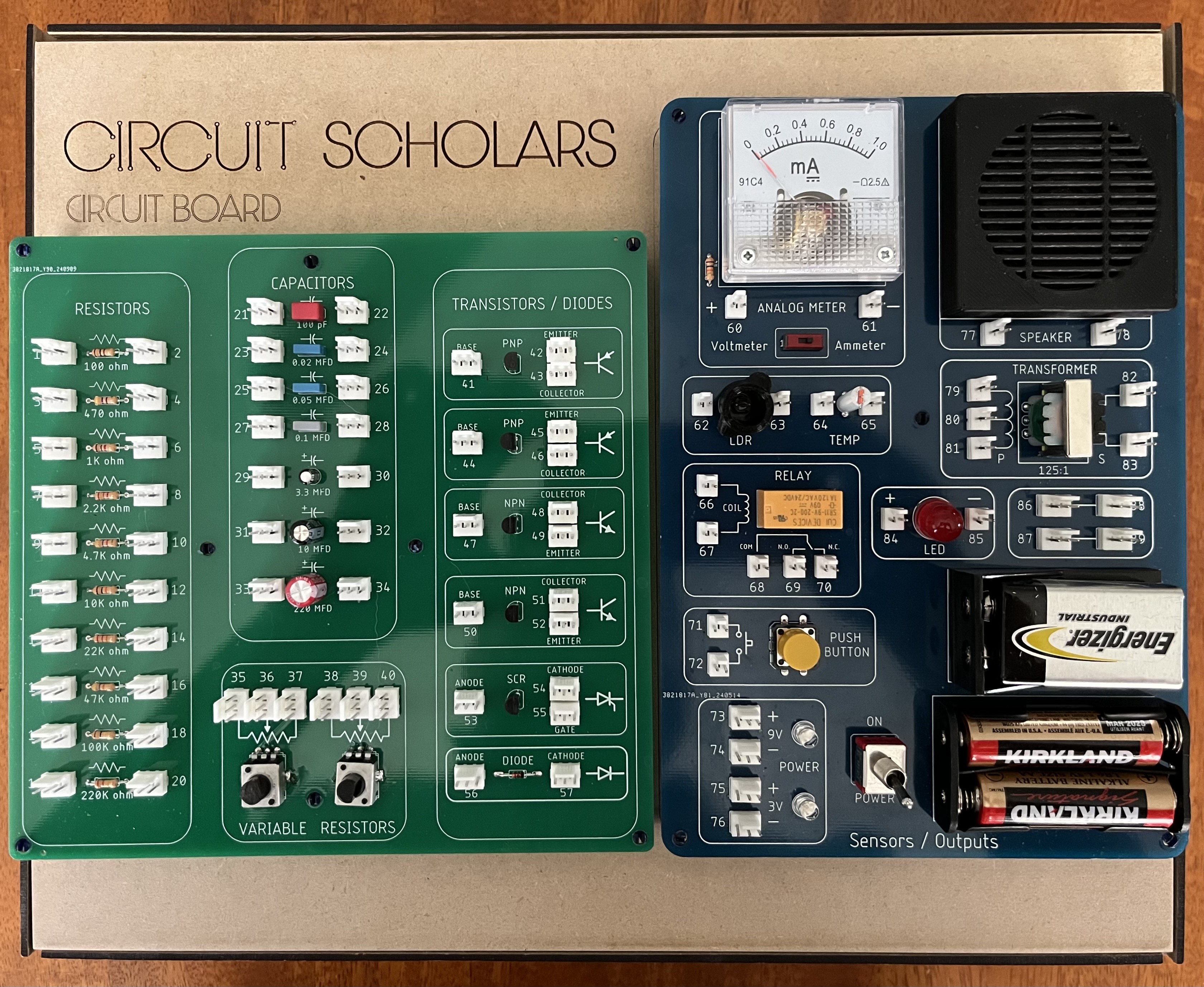
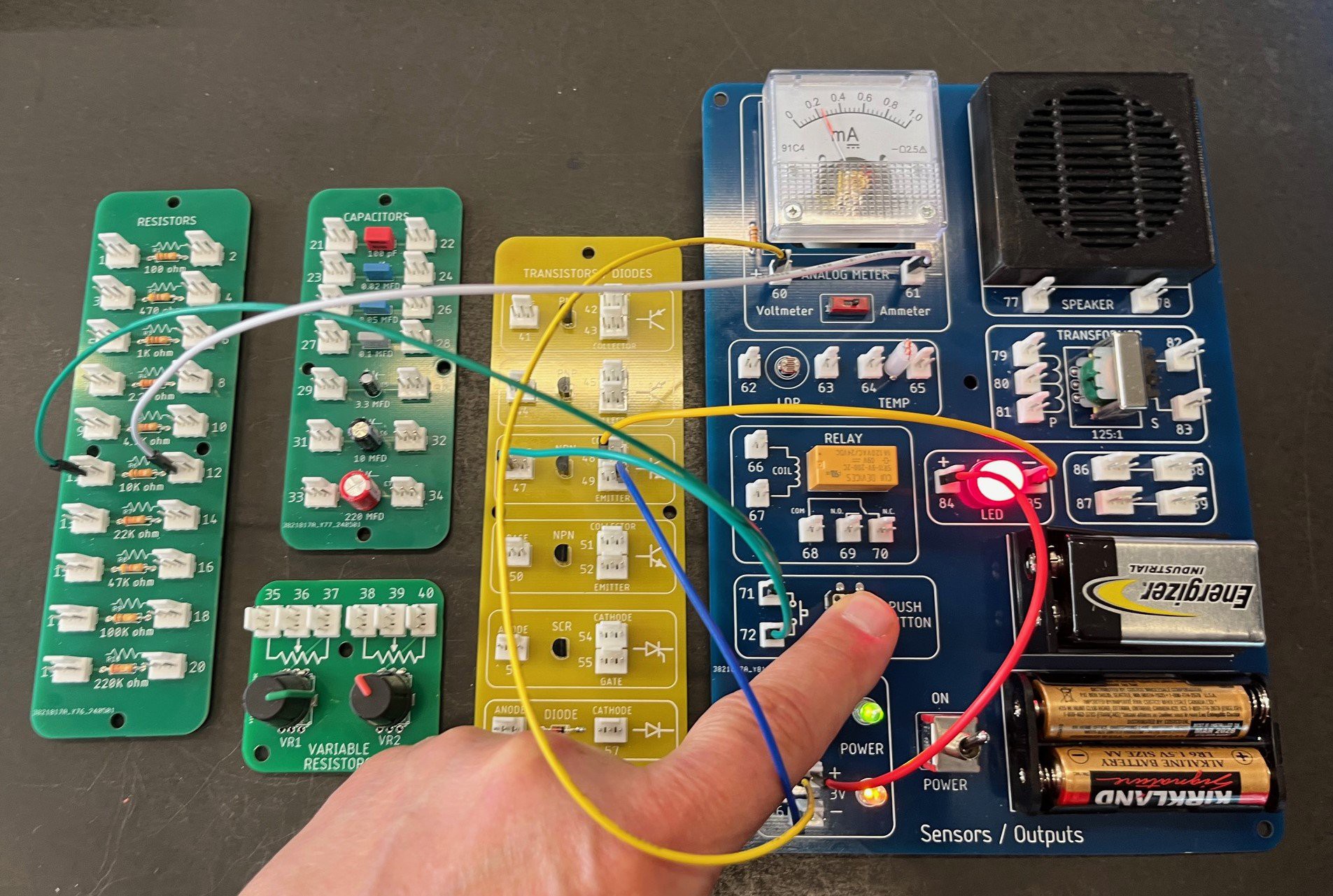
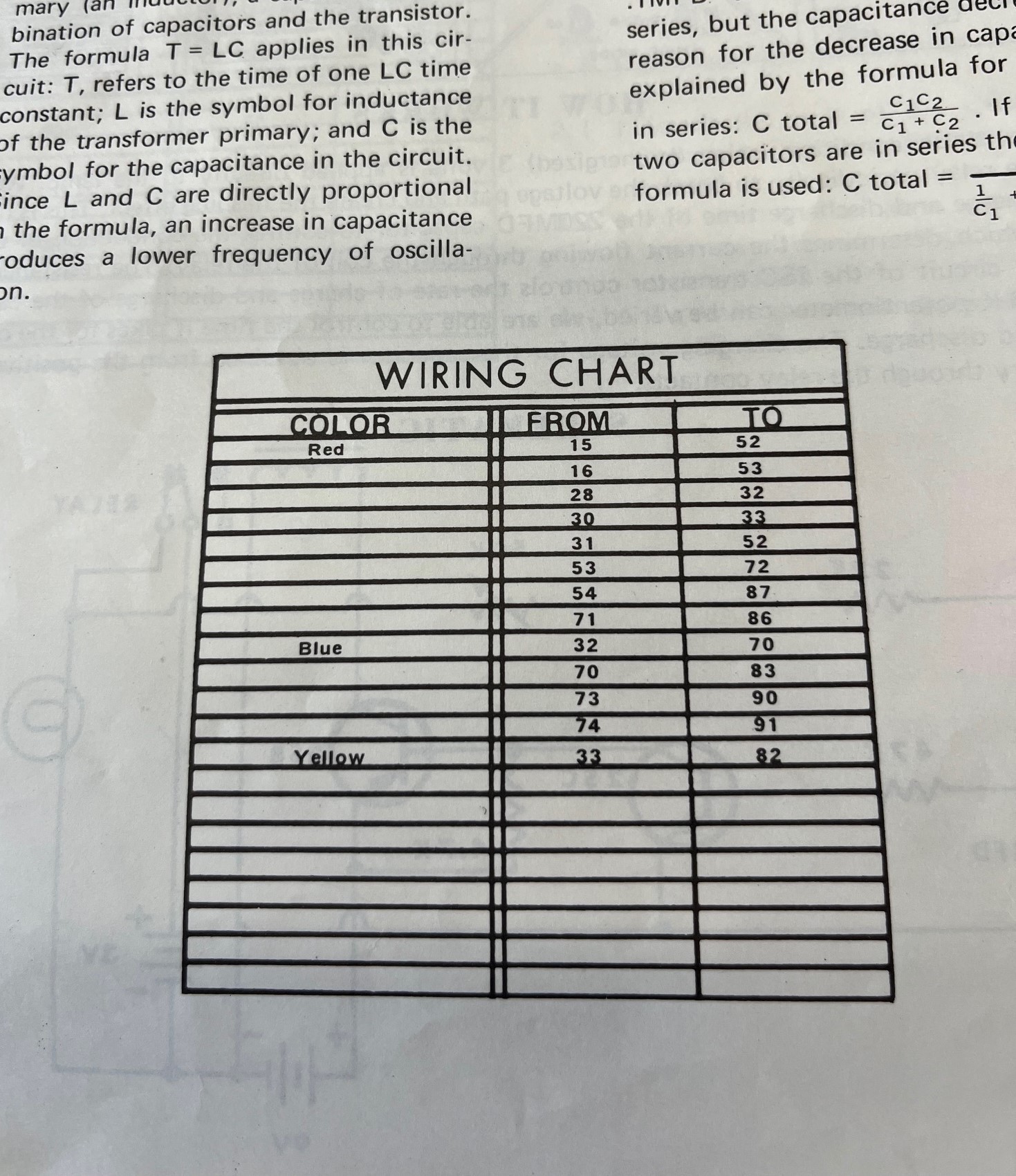

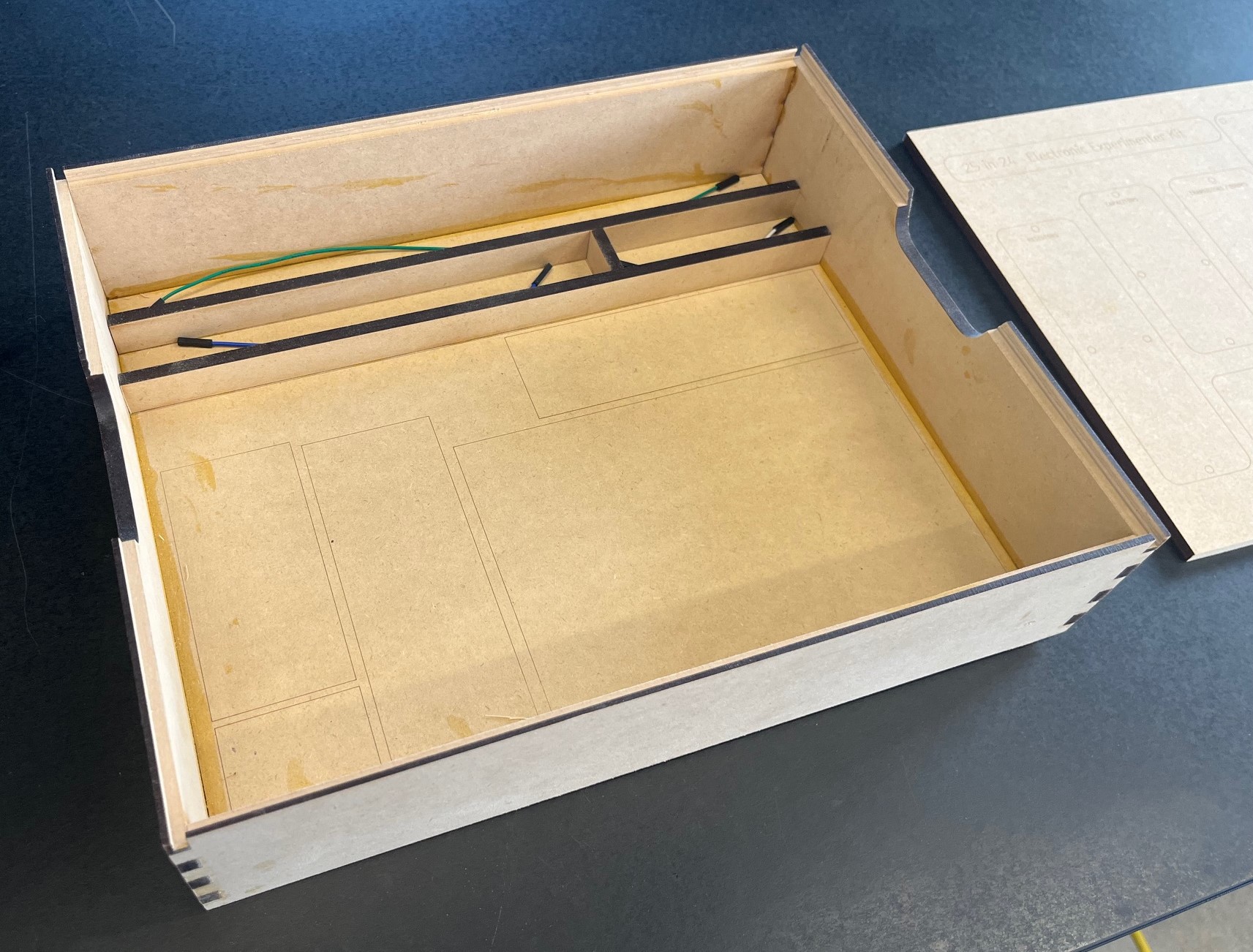

 I am hoping to have a fully functional prototype in about two weeks, with at least a preliminary manual...
I am hoping to have a fully functional prototype in about two weeks, with at least a preliminary manual...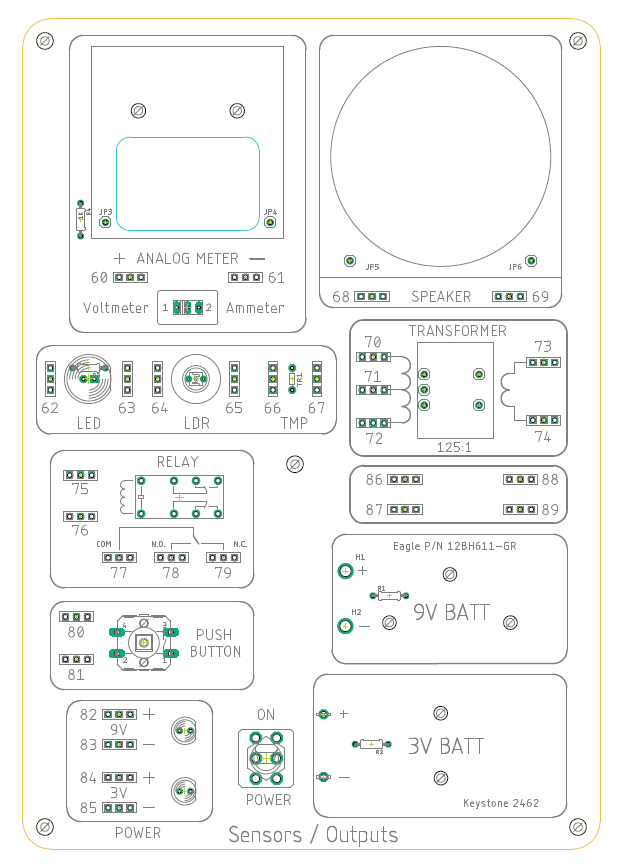
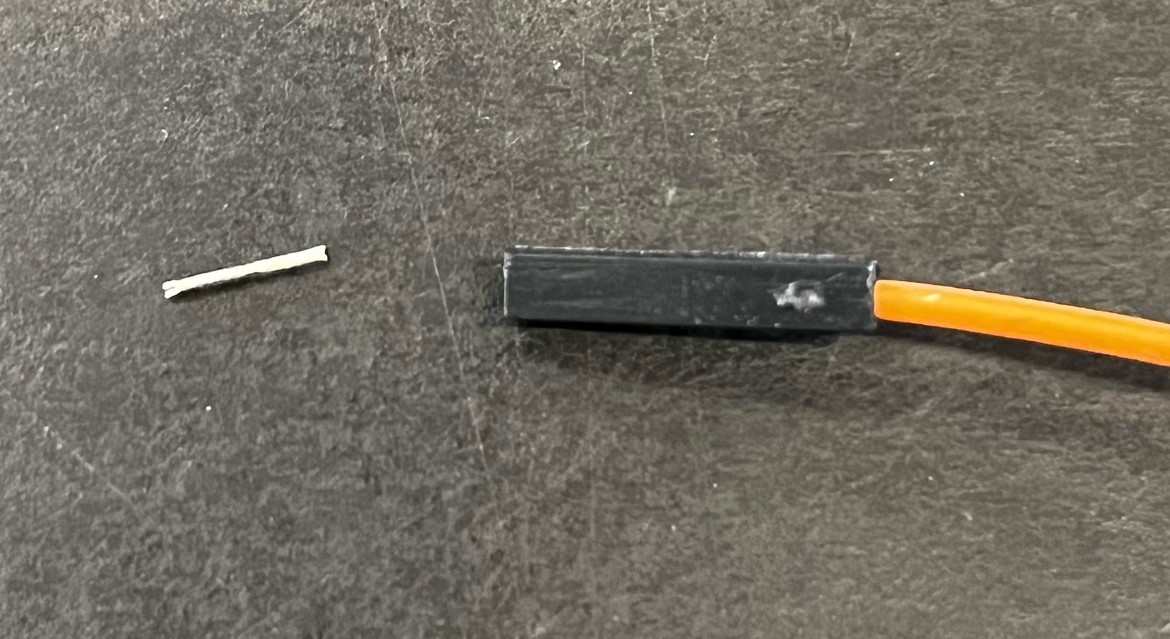
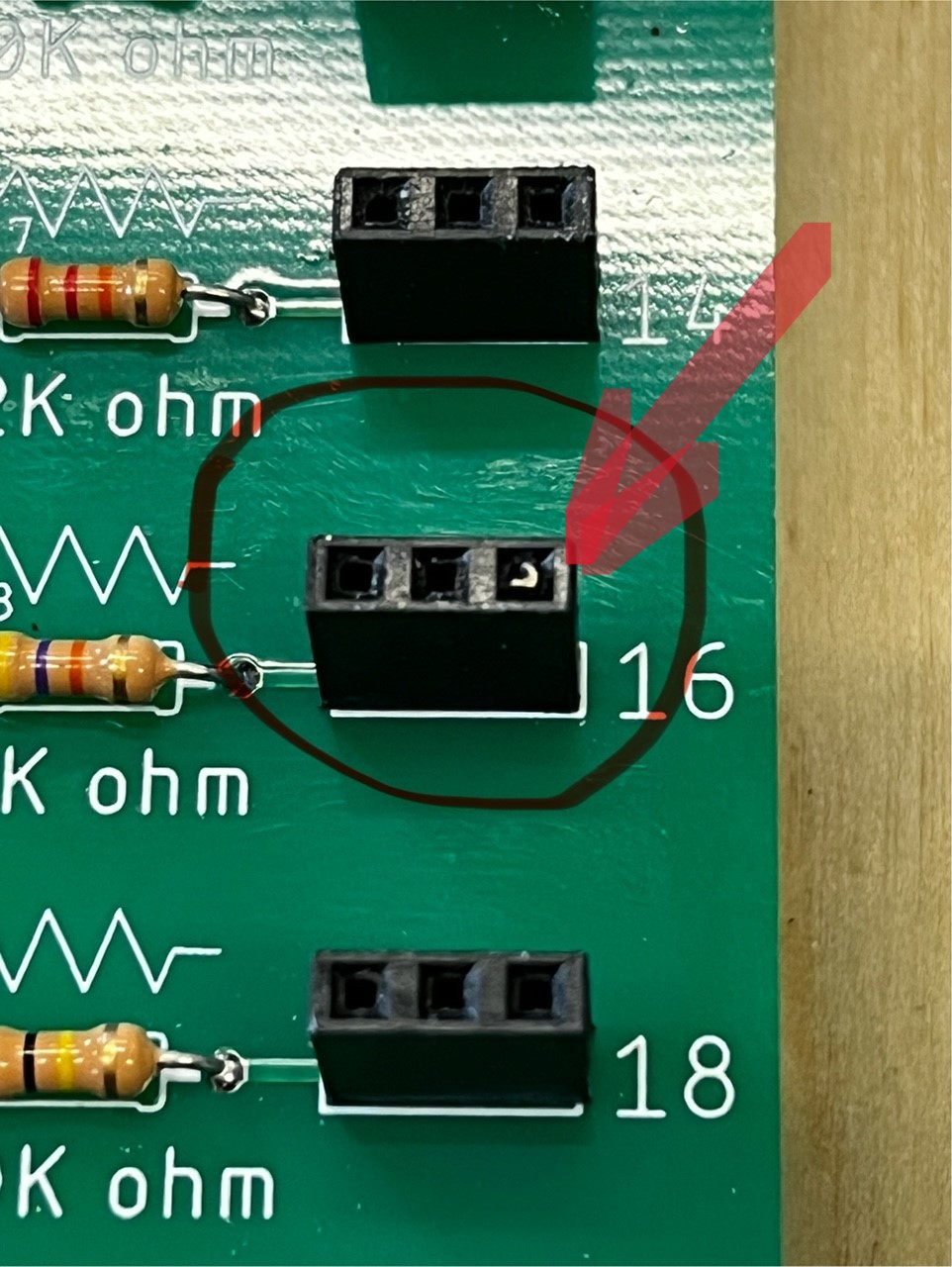
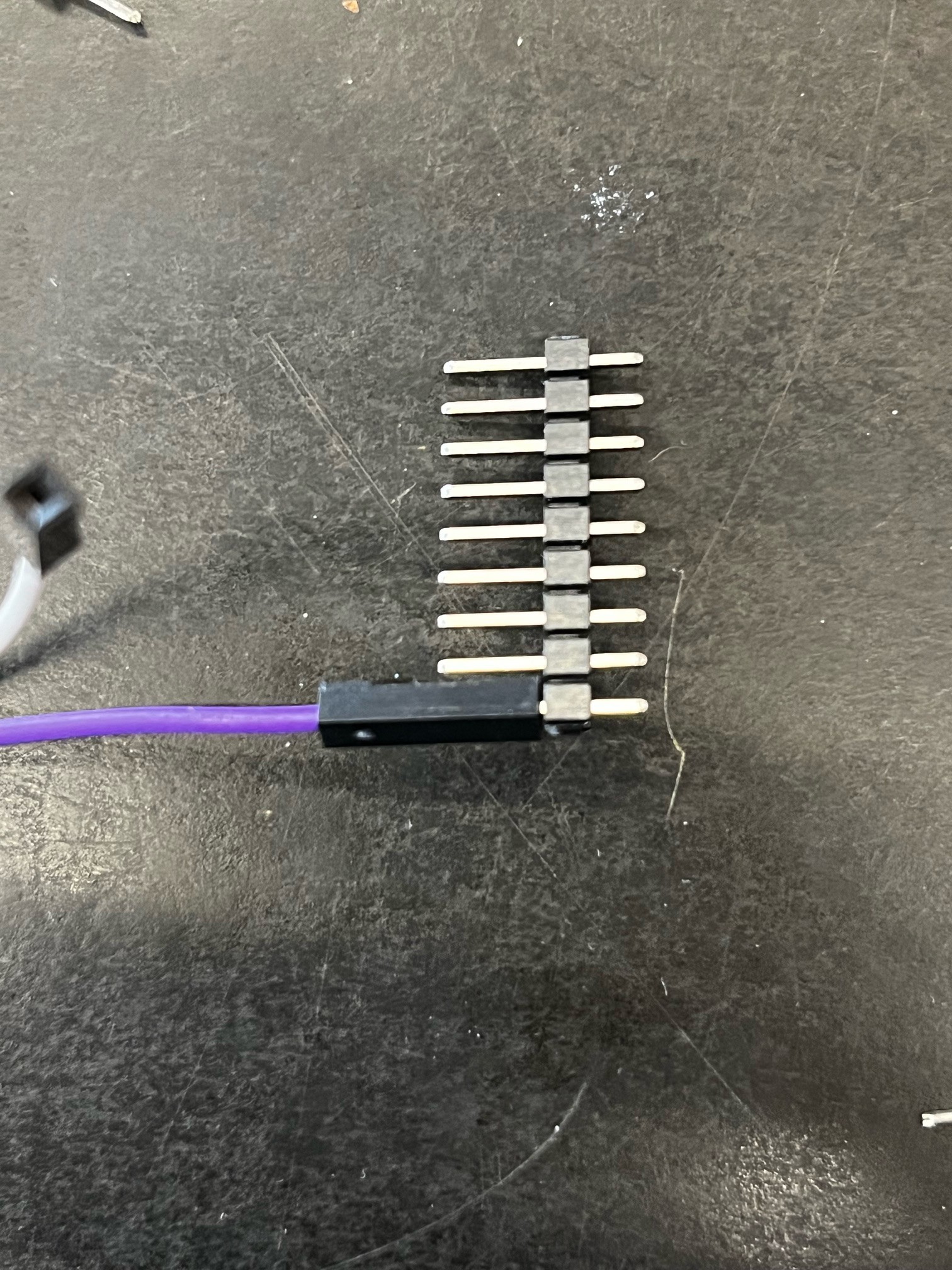
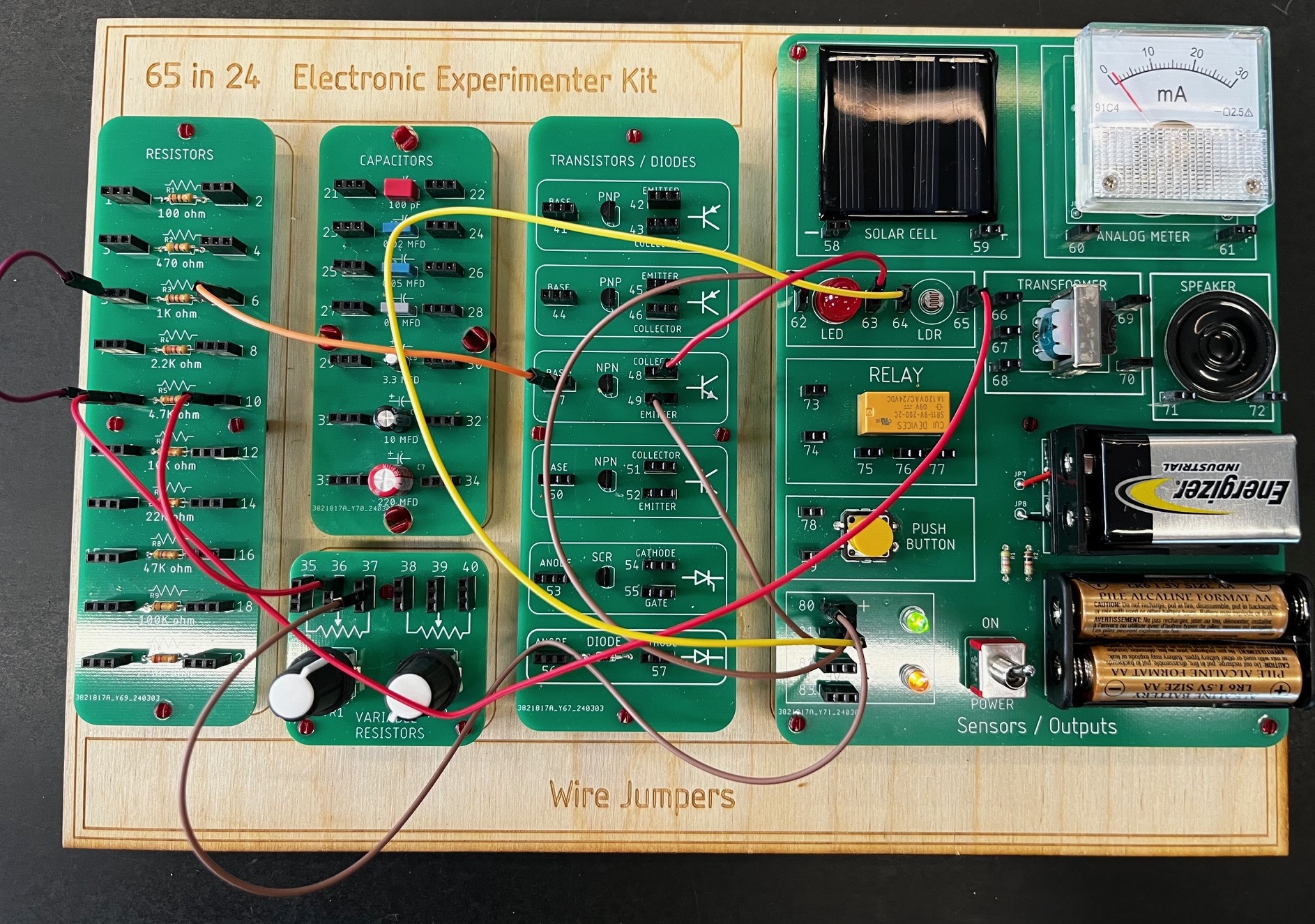
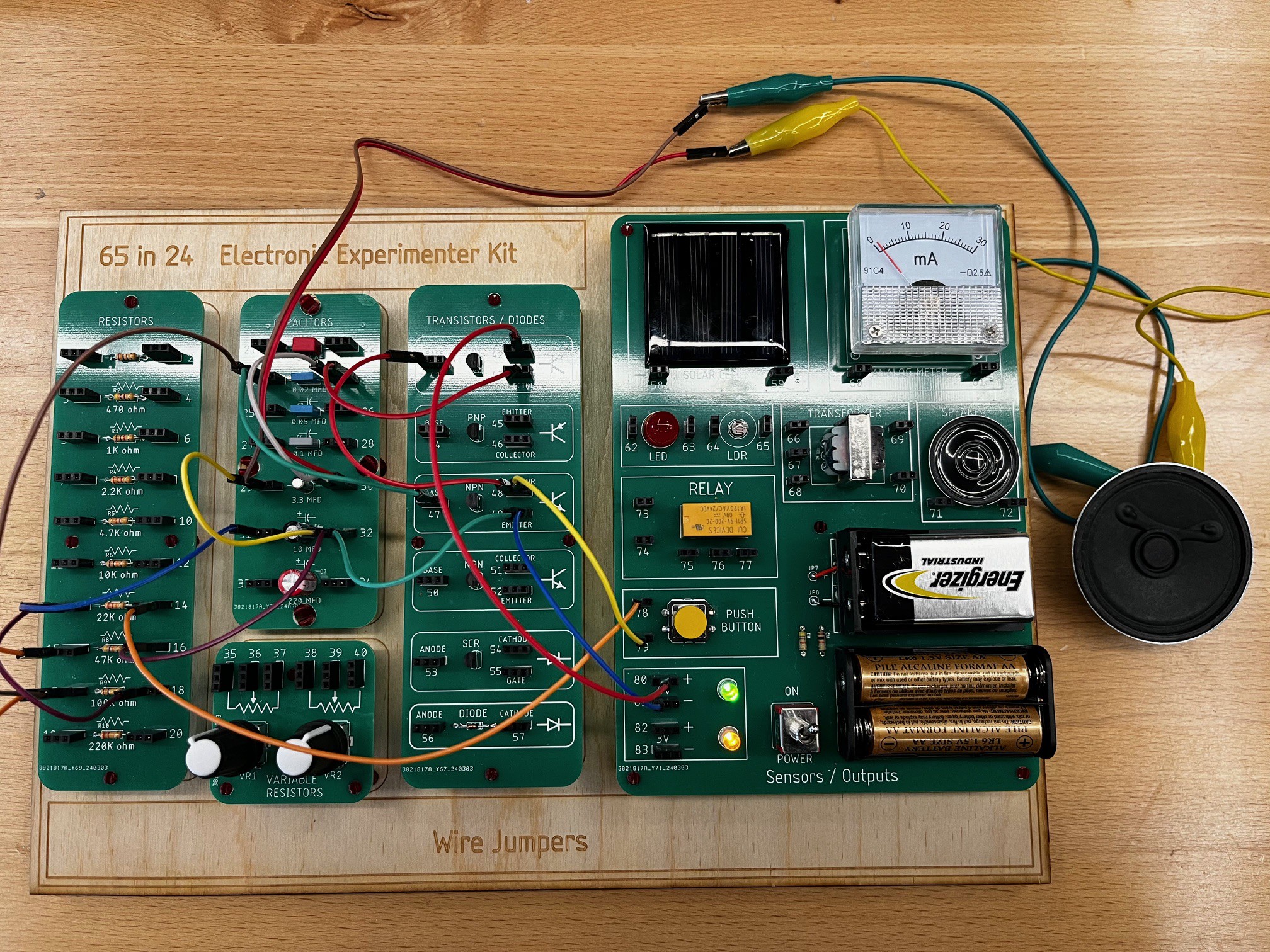


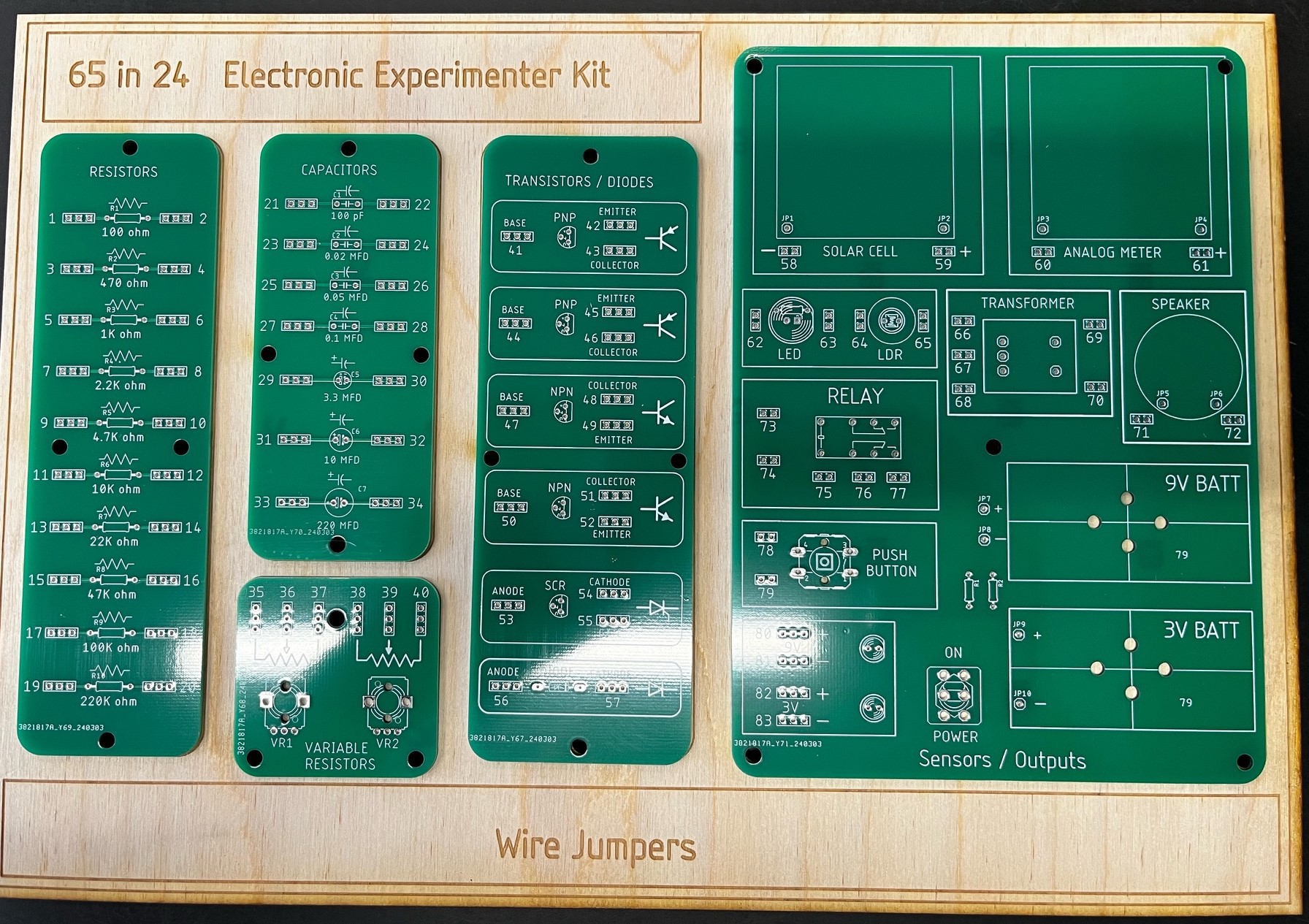








Does anyone have a good source for the meter? The aliexpress link turns out not to work well (They just refunded my money for the order).